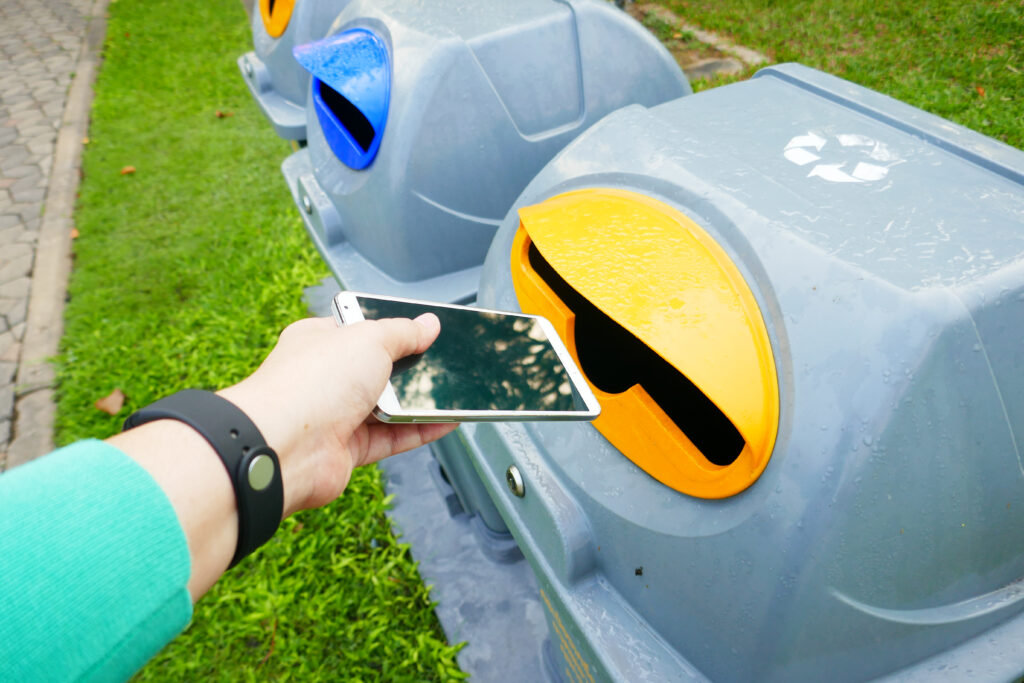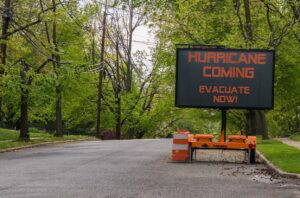Last year was a record-breaking year for recalls. More than 1 billion units of food, drugs, medical devices, automobiles, and consumer products were recalled in the United States, and unfortunately, some of these products may still be in your home. That’s why we reached out to Patty Davis of the Consumer Product Safety Commission (CPSC). Patty shared with us important tips to help you handle recalled products, so they don’t harm you or your family.
What is a product recall?
“When a product is recalled, that means there is a hazard associated with that product,” says Patty, who has been with the CPSC for more than 18 years. “[The CPSC is] working alongside the company to get it out of consumers’ homes and off the marketplace, so that it does not harm anyone.”
Most major product recalls are voluntary, and most products are recalled when there hasn’t been any injuries or deaths associated with them. Unfortunately, sometimes, there has to be a mandatory recall.
“In those cases, the CPSC has to go to court to force a company to do a recall,” explains Patty.
Thankfully, most companies work with CPSC, want to protect their customers, and make sure consumers receive recall notices.
Common product recalls to look out for
While there isn’t one type of item that sees the most product recalls, toys are one of the first categories consumers should review. Recently, the Fisher-Price Rock ‘n Play, which was initially recalled in 2019, received a new warning.
“Kids are the most vulnerable among us,” says Patty, “so kids’ products in your home are especially important.”
Parents should also go through their children’s toy chests periodically and check items against the product recall list on the CPSC website.
Baby cribs, too, have had issues in the past and now have a mandatory standard.

“Cribs can no longer have that drop side,” says Patty. “Cribs have to be sturdier, so you want to check your product and see if your crib has been recalled.
Of course, kids and baby products aren’t the only types of products to be recalled. Dehumidifiers have also caused issues over the years as well as stoves, refrigerators, electrical items, even bicycles.
“You’ll be amazed that you may find something in your home that has been recalled,” says Patty.
How do you get alerted to a product recall?
“Recalls can affect so many products,” says Patty. “You can see why it’s difficult for us to make sure consumers know about each and every one of them.”
There are quite a few ways you can learn about a product recall. Sometimes, you may be alerted by the company or even the news, in the event of a massive recall. Other times, you may have to do some research yourself.
1. A company may contact you via mail or email.
Most major products, such as cars, appliances, and nursery products, require registration. That means if a product is recalled, you’ll be notified, either through the mail or by an email from the company itself.
If your product doesn’t require registration but you have the option to register, you should consider it.
“If you register your product, it is the absolute best way for a company [to contact you] because they know you now,” says Patty. “They know you have that product, they know you have the serial number, they know you have that model number.”
Registration generally takes only a few minutes, and it helps keep you informed regarding product recalls.
2. Sign up for CPSC alerts.
“Every year we issue about 200-plus recalls,” says Patty. “We issue them every single week.”

The CPSC sends out recall information through a variety of sources, including Facebook, Twitter, and YouTube. You can sign up to receive recall announcement emails directly from the CPSC.
“We usually put them out on Thursdays,” says Patty. “That’s recall day around here, so you can immediately get an email that evening or the next morning.”
3. Be proactive.
Don’t wait to receive updates. Instead, check the CPSC website or even check the CPSC Recall App when you’re shopping or simply going through your home!
Though retail stores are required to pull products off the shelves or even stop you at the register, the app can come in handy when you’re shopping at secondhand markets, including online outlets like Facebook Marketplace.
“I love shopping on those secondhand marketplaces,” says Patty, “but I’m finding that I need to check to see if that product has been recalled before I buy it. You don’t want to bring something [dangerous] home.”
Since it’s illegal to sell a recalled product, make sure to check the CPSC product recall list before you post or sell your products. If you’re buying, run all the checks before you purchase an item.
What to do if you have a recalled product in your home
The CPSC negotiates with companies on behalf of consumers, so consumers will receive a refund, a replacement product, or a repair.
“If it’s a repair, we look to make sure that it actually is going to fix what’s wrong with that product, so it’s safer for consumers to use,” says Patty.
You don’t have to show your proof of purchase because some products may have been brought weeks, months, or even years ago.

“As long as you have the product, you are eligible to take part in that recall,” says Patty.
The company or CPSC recall announcement will explain what you need to do. You may need to take the product to a dealer to be serviced or dispose of it once you receive your refund or replacement item. Some products, such as lithium-ion batteries, are not safe to put in the trash. In that case, you may have to go to the dump or contact your local department of waste management for disposal options.
Do you have an unsafe product at home?
The CPSC urges you to head over to the Safer Products website, where you can voice any product safety concerns.
“If you have an incident, you’re hurt – say you’re weeding your garden with one of those trimmers and it cuts you or throws something at you – you need to let us know about that,” says Patty.
If possible, homeowners should provide pictures and the item’s model number, as well as other important information.
“You can also choose to remain anonymous if you don’t want to give that information,” says Patty, “but definitely let us know about the issue.”
Of course, the most important part of a recall is when consumers take action.
“Pay attention to those recalls because there are many products inside your home that may potentially be a fire hazard or may harm your child,” says Patty. “By keeping on top of recalls, you can protect your family.”






